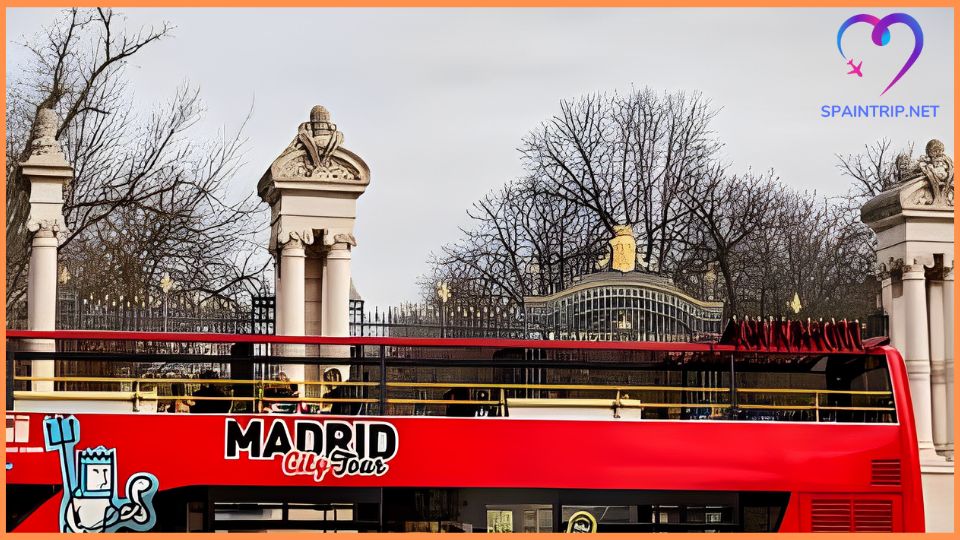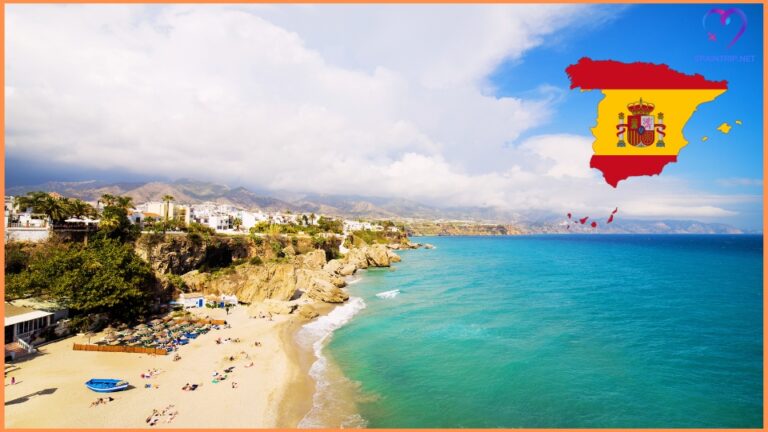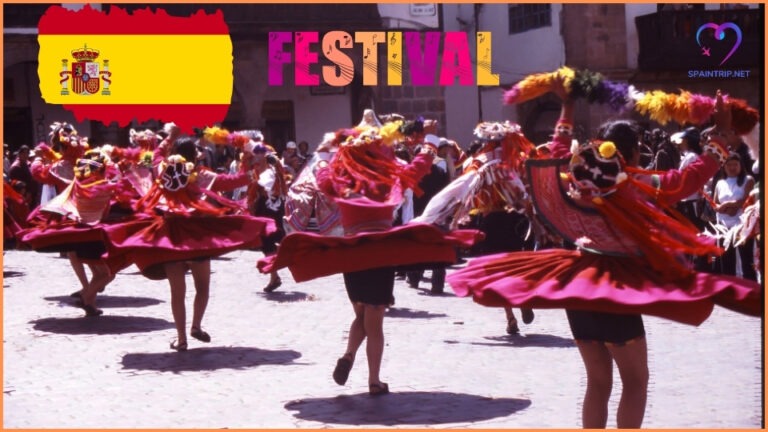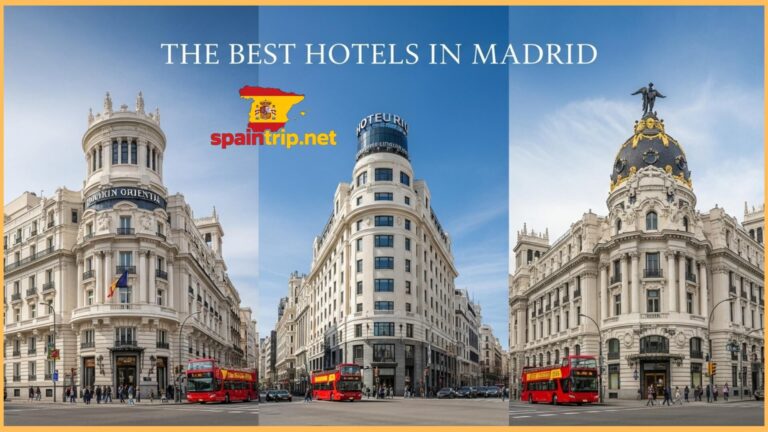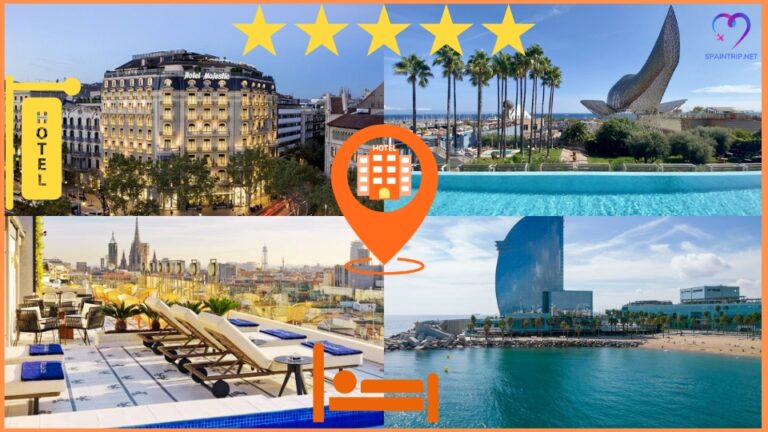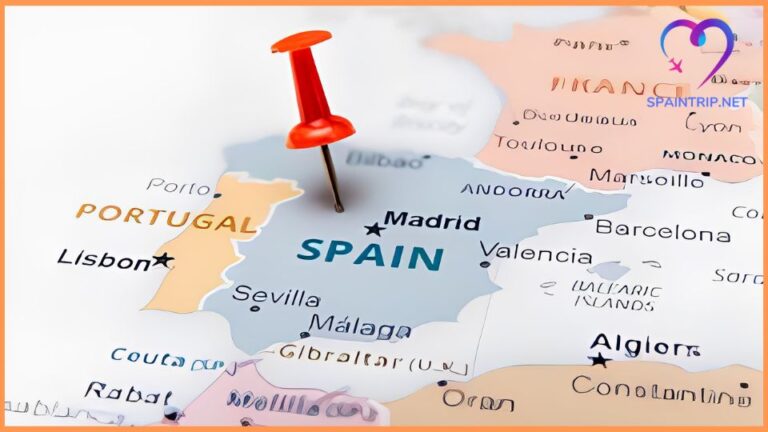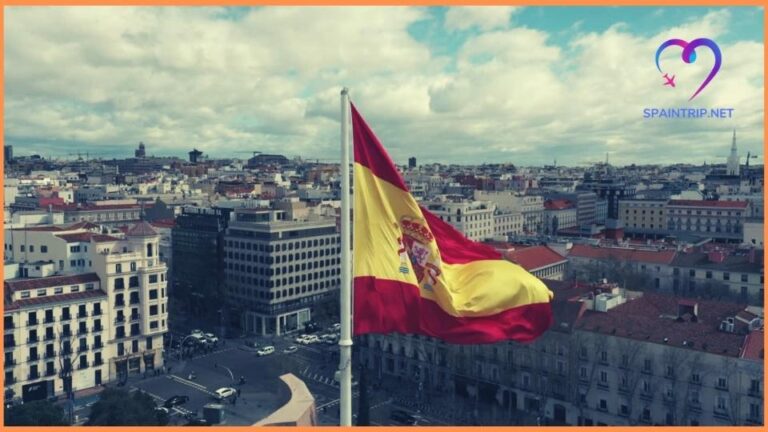Plan The Perfect Trip to Madrid: A Complete Guide
Madrid, the capital of Spain, is a vibrant city known for its rich history, art, culture, and lively atmosphere. Planning a trip to Madrid can be an exciting experience, offering a perfect blend of historical landmarks, world-class museums, delicious cuisine, and vibrant nightlife. Whether you’re a history buff, an art enthusiast, a foodie, or simply looking for a memorable vacation, Madrid has something to offer for everyone. Here’s a comprehensive guide to help you plan the perfect trip to this enchanting city.
When to Visit
Madrid experiences a Mediterranean climate with hot summers and mild winters, making it a year-round destination. However, the best time to visit is during the spring (March to May) and fall (September to November) when the weather is pleasant, and the city hosts various cultural events and festivals. Summer (June to August) can be hot, with temperatures soaring, but it’s also when the city comes alive with outdoor concerts, festivals, and open-air markets. Winter (December to February) is relatively quiet and offers a peaceful atmosphere for exploring the city’s indoor attractions.
Getting There
Madrid is well-connected to major cities around the world through Adolfo Suárez Madrid–Barajas Airport, which is located about 12 kilometers from the city center. The airport serves as a hub for international and domestic flights, making it convenient for travelers to reach Madrid from anywhere in the world. From the airport, you can take a taxi, an airport shuttle, or the metro to reach the city center. Madrid also has excellent rail connections, with high-speed trains (AVE) linking it to other major cities in Spain, such as Barcelona, Seville, and Valencia.
Where to Stay
Madrid offers a wide range of accommodation options to suit every budget and preference. Whether you’re looking for luxury hotels, boutique guesthouses, or budget-friendly hostels, you’ll find plenty of choices in different neighborhoods across the city. The most popular areas to stay in Madrid include the historic center (Centro), known for its lively atmosphere and proximity to major attractions; Salamanca, an upscale neighborhood known for its shopping and dining options; and Chueca, a vibrant area with a diverse nightlife scene. It’s advisable to book your accommodation in advance, especially during peak tourist seasons.
Getting Around
Madrid has an efficient public transportation system, including buses, metro, and suburban trains, making it easy to navigate the city. The metro is the fastest way to travel around Madrid, with an extensive network of lines covering the entire city and its outskirts. The bus network is also comprehensive, with routes connecting different parts of the city. Additionally, Madrid is a walkable city, especially in the central areas, so you can explore many attractions on foot. Taxis are readily available and can be hailed on the street or booked in advance.
Things to Do
Madrid is a city full of attractions and activities that cater to all interests. Here are some must-visit places and experiences to include in your itinerary:
Prado Museum: One of the world’s most renowned art museums, home to an extensive collection of European art, including works by Goya, Velázquez, and El Greco.
Royal Palace of Madrid: The official residence of the Spanish royal family, known for its stunning architecture, opulent interiors, and beautiful gardens.
Retiro Park: A sprawling park in the heart of Madrid, perfect for leisurely walks, boating on the lake, or enjoying a picnic amidst lush greenery.
Puerta del Sol: Madrid’s central square and a bustling hub of activity, surrounded by shops, restaurants, and iconic landmarks like the Tio Pepe sign.
Plaza Mayor: A historic square in the heart of Madrid, known for its elegant architecture, lively atmosphere, and outdoor cafes.
Santiago Bernabéu Stadium: A must-visit for football fans, home to the legendary Real Madrid football club, offering stadium tours and a museum showcasing the club’s history.
Culinary Delights: Indulge in Madrid’s culinary scene by sampling traditional Spanish dishes like tapas, paella, and churros with chocolate at local restaurants and markets.
Day Trips from Madrid
If you have more time to spare, consider taking day trips from Madrid to explore the surrounding areas. Some popular day trip destinations include:
Toledo: Known as the “City of Three Cultures,” Toledo is a UNESCO World Heritage Site with a rich history, stunning architecture, and a unique blend of Christian, Muslim, and Jewish influences.
Segovia: Famous for its Roman aqueduct, medieval castle (Alcázar), and charming old town, Segovia is a picturesque city that offers a glimpse into Spain’s past.
Ávila: Another UNESCO World Heritage Site, Ávila is known for its well-preserved medieval walls, historic churches, and convents, offering a glimpse into Spain’s medieval history.
El Escorial: Home to the Royal Site of San Lorenzo de El Escorial, a historical residence of the King of Spain, known for its impressive architecture and art collection.
Madrid is a city that seamlessly blends its rich history and culture with modern amenities, offering a unique travel experience for visitors. Whether you’re exploring its world-class museums, savoring its culinary delights, or simply strolling through its charming streets, Madrid is sure to captivate you with its beauty and charm. With careful planning and this comprehensive guide, you can ensure that your trip to Madrid is nothing short of perfect.

